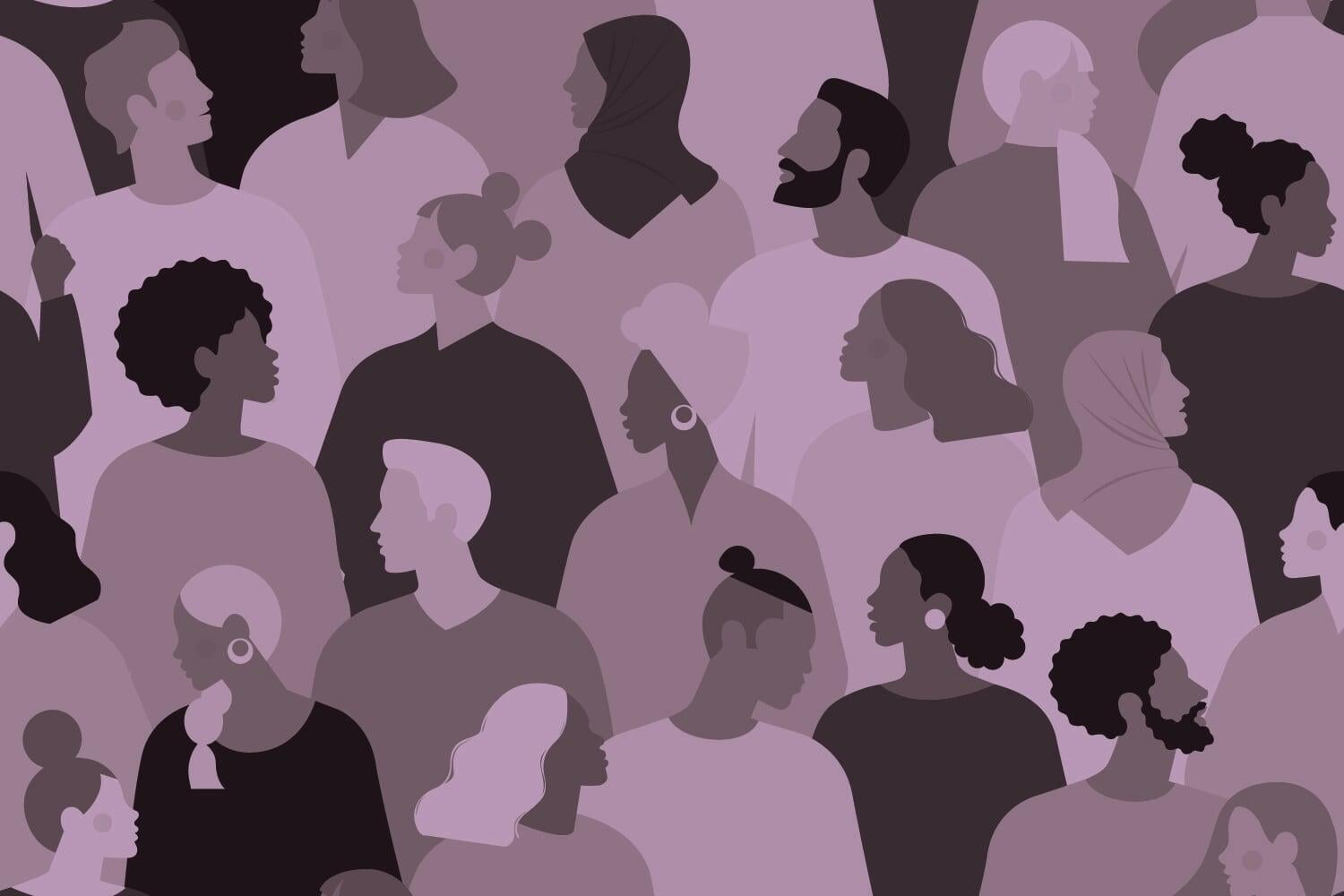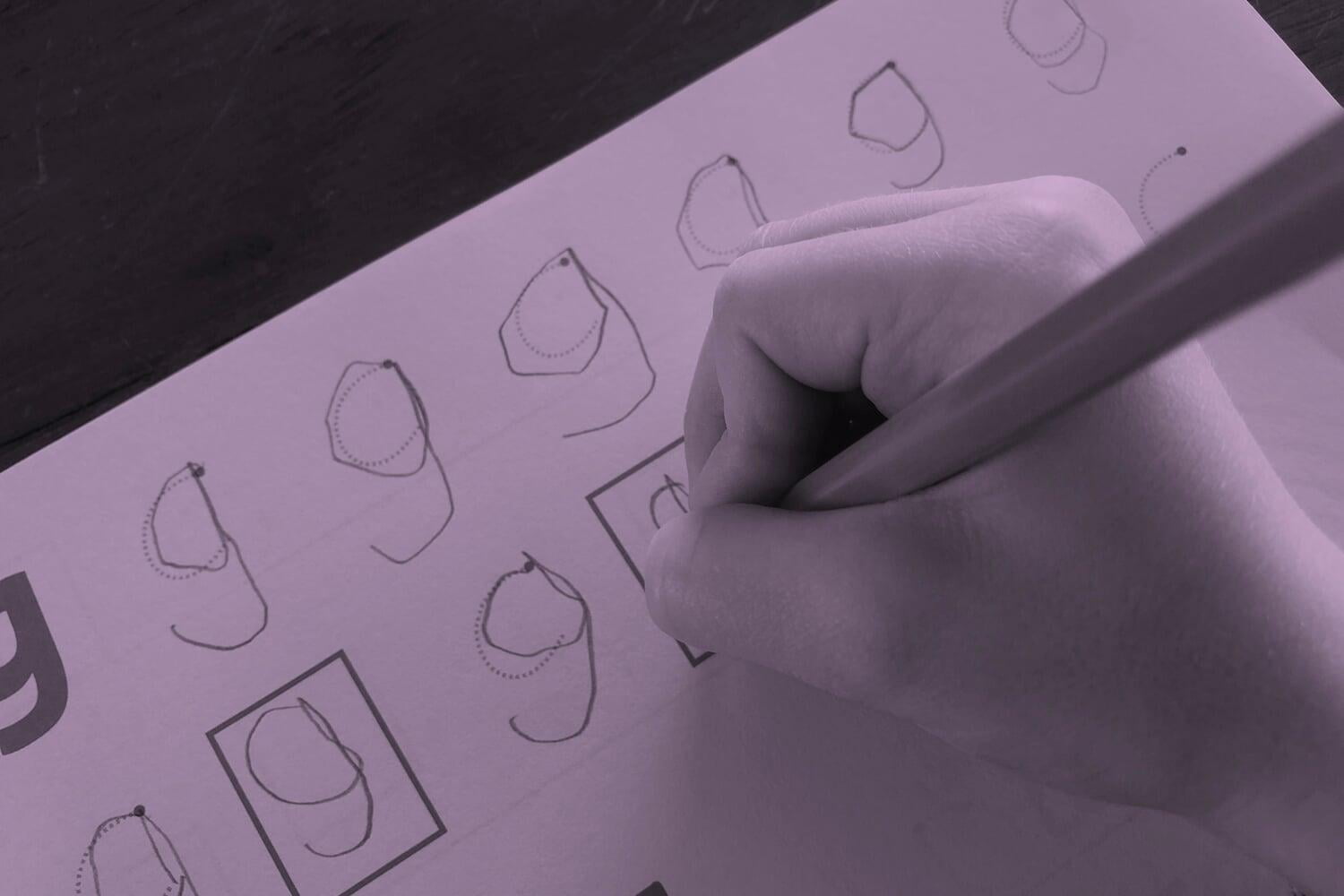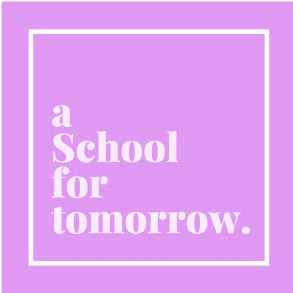The Way | Live | The Purpose of School
Understanding 21C Character And Competency
There are six corridors along which we might walk to develop an understanding of 21C character and competency. We believe that these six corridors form the essential knowledge architecture of 21C character education. Through them, we can track (in the first instance) the realisation of graduate outcomes in key qualities and competencies grounded in the four integrated dimensions of knowledge, skills, character, and learning habits. 
A good person of integrity exercises character competency. A future builder uses communication competency to navigate and interpret complexity. A continuous learner and ‘unlearner’ who is focused on growth has mastery of change readiness competency. The direction of a solution architect is revealed by the use of creative and critical thinking competency. The competency of a local, regional and global citizen allows the balancing of the competing demands of these different communities with perspective. The team creator demonstrates relationality most tangibly through collaboration competency.
Within the guiding structure of this inside-out process of character development that places students at the centre of the culture of a learning community in a school and based on our review of the literature that dominates international thinking about education around the world and our study of character education in schools around the world to date, let us now begin to put together a conceptual framework for character education that might define the core of schools of character. This includes fit for purpose 21C graduate outcomes and their associated qualities and competencies.
The starting point for this, we suggest, comes with an appreciation of the graduate outcomes that should drive such a model. We should turn to our large-scale research at this stage which focused on schools for boys. In a boys’ school, this inevitably involves thinking about a model for manhood. And what then is the whole picture of manhood towards which schools might cast their vision?
When we asked boys from around the world, “In your opinion, what character qualities does it take to be a ‘good man’? Tell us what you mean,” as part of the IBSC boys’ voice survey tool, they told us that being a good man involved, most of all, caring for people. They also saw good men as having moral virtues and good manners, being dynamic learners who are committed to what they do, and as being leaders who also have good manners. We can see this illustrated in the following figure:
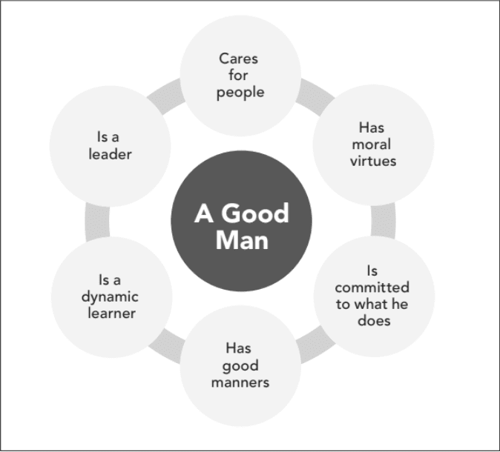
Understanding-21C-character-and-competency-large
Similarly, when we asked expert character educators to tell us three to five character strengths that they educated boys for, they talked to us about many strengths which our research team grouped into categories of living in relationship, getting the job done and doing it well, knowing right from wrong and having the courage to act, living with the grace of being in the world, experiencing the joy of learning, and teaming with others well.
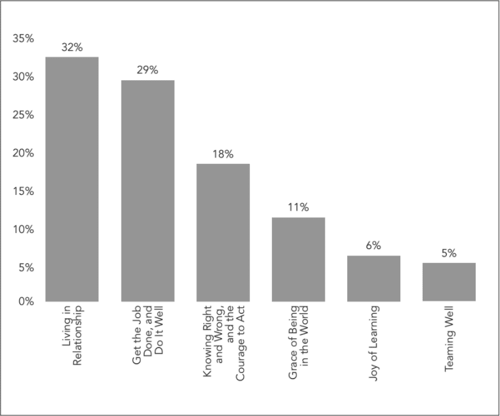
Educating Men for Character Strengths: Teacher Perspectives
When boys around the world were asked similar questions about the character qualities that their school strives to develop in them, they readily contributed to a stream of character qualities that they could see in their encounters with the extended curriculum, community and culture of their school. Six ideas emerged that can be seen below: living in relationship and community; having the drive, determination and resilience to succeed; finding my moral compass; my outlook on the world; learning to lead; and learning well.
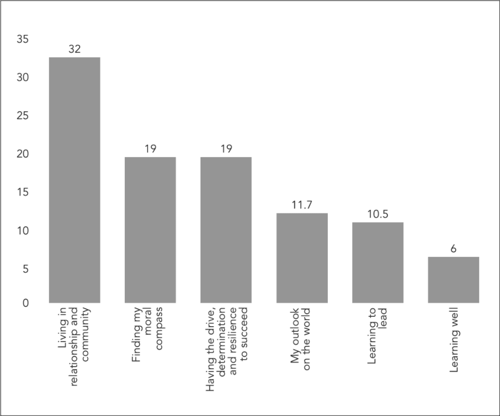
Educating Men for Character Strengths: Boys' Perspectives
In particular, the high importance of living in relationship and community in the boys’ data registered very clearly and everywhere. As did their teachers, boys identified character qualities and strengths associated with the quality of their relationships with others as the most foundational aspect of the work of their schools in character education. In both cases, respect topped the list. The boys also reported that kindness, compassion and empathy are important ways to treat others and are essential to build trusting and supportive networks and communities. Again, boys were very much aligned with their teachers in affirming the importance of the broad cluster of character strengths associated with drive, hard work and resilience. It speaks perhaps in part to the power of these core character messages in the tradition of boys’ schools in many parts of the world. Yet we believe that this power is also clearly animated by a more contemporary educational discourse about resilience, grit, and motivation, which have all permeated the contemporary language of teaching and learning.
It may be helpful to list the top twelve character strengths which boys in this community of boys’ schools saw as the character mandate and the intentional work of their school. Of course, if we combined kindness, compassion and empathy and other associated words, this aggregated category would leap to the top of the list – and perhaps provide another confirmation of this new reality in the character focus of at least this sample of boys’ schools worldwide.
In our study of boys’ schools (itself drawn from the responses of thousands of different stakeholders across many different schools, communities, and countries), overall, we saw school communities expressing a view about the desirability of educating young men who live a life grounded in wisdom, accomplished through their competencies and revealed by their civic, performance and moral character. Are they fulfilling their expectations of others? Are they reaching their potential? Are they doing what is good and right in their lives?
In boys’ schools, we saw clear evidence that people believe that men should demonstrate their answers to these questions in their proficiency, their attitude, their goals, their contribution, their devotion to the betterment of others, and their contributions both great and small to their communities. Yet clearly this is not just relevant to men – our work with all types of schools shows a remarkable similarity in the aspirations expressed for schooling in our times that our schools produce graduates with a special set of character and competencies. It’s about people, therefore, and how they emerge from their schooling, ready to succeed in their world. From this and our other work, we have extrapolated a set of general concepts to establish the graduate competencies that can act as the object of an educational model and eventually the framework through which it will operate:
Good people
I am a person of good character. Inspired by meaningfulness, I demonstrate the mark and measure of a person of integrity who can navigate our world
Future builders
I am a leader for the future. Inspired by authenticity, I have the reflectiveness, sensitivity and strength to manage complexity by honouring the legacy of yesterday, attending to the needs of today, and looking forward to what tomorrow will require of us.
Continuous learners and 'unlearners'
I am prepared for a lifetime of learning and unlearning. Inspired by transformation, I grow by making sense of the volume, pace and intensity of our times.
Solution architects
I design and generate effective solutions. Inspired by sustainability, I am equipped to provide direction supported by successful answers to the questions of a world that seeks clarity and certainty in rapidly evolving and multi-dimensional emergent issues.
Local, regional and global citizens
I am a responsible citizen. Inspired by service, I have a balanced perspective that is informed by an abiding sense of my responsibilities to contribute to local, regional, and global contexts as part of enterprises including business, joint ventures, service entities, government, and not-for-profit organisations.
Team creators
I know how to build and work well within teams. Inspired by relationship, I have the ability to collaborate meaningfully, compassionately, and productively in a relational way that brings out the best outcomes for all of us.
We trust that you can see a direct correlation between these six concepts and the qualities we want to see from our students. Integrity is the key quality of a good person, while complexity is the key quality of a future builder. Growth is revealed by a continuous learner and ‘unlearner’, and direction is reflected in the work of the solution architect. The local, regional and global citizen shows perspective, while the team creator is deeply imbued with relationality.
We can see that out of the juxtaposition of realisation and replication as the dominant modes of character education the re emerges a set of graduate outcomes and qualities through which they might be expressed in the lives of people. If this is the case, then what are the competencies of a person who is fit for purpose in our time? What are the essential competencies that should be developed in schools?
Drawing on the broader context of international studies in generic skills for 21C and the research drawn from our work in character education (most especially through the IBSC study), we propose the following competencies to align with their graduate outcomes and qualities established above:
Character
I work towards improving my character. I recognise that character competency involves demonstrating integrity through aligning the values, dispositions, and actions that are associated with civic character, performance character, and moral character. This relies on the capacity to demonstrate quality and consistency in fulfilment of obligations to others, reaching potential, and acting in accordance with fundamental beliefs about what is good and right to do.
Communication
I communicate effectively. I understand that communication competency involves explaining the complexity that is at the heart of 21C leadership for the future through constructing compelling narratives for continuity and change over yesterday, today, and tomorrow. This relies on the capacity to address different audiences and purposes with clear and accurate expression that is well-informed, reliable, and persuasive.
Change readiness
I embrace change in my life. I am aware that change readiness competency involves acquiring ongoing personal growth and transformation through the adoption of a process of self- efficacy and adaptive expertise. This relies on the capacity to take responsibility for learning from all situations with a willing, open, and agile mind that can assemble and master a dynamic and volatile body of knowledge and that is informed by past practice, current experience, and the anticipation of future needs.
Critical and creative thinking
I think through problems with confidence. I know that creative and critical thinking competency involves eliciting direction through asking significant questions and developing solutions that meet expectation. This relies on the capacity to use conventional and innovative processes of reflection for the analysis of alternative arguments, the evaluation of evidence, and the creation of content.
Citizenship
I contribute positively to my communities. I appreciate that civic competency involves balancing the perspectives and intent of local, regional and global citizenship through recognising, identifying with, and contributing to different communities. This relies on the capacity to appreciate the rights and responsibilities that flow from interconnected social, cultural, economic and environmental contexts.
Collaboration
I work well with people. I realise that collaboration competency involves bringing a team of people together in a community of inquiry and practice through building coherent and relational systems and processes. This relies on the capacity to work effectively, responsibly, and respectfully for and within diverse teams towards the accomplishment of shared aspirations, goals, and learning.
We began with graduate outcomes and fundamental qualities. Now, we have extended these into competencies. All of these flow along channels or corridors that take us on a journey from desired outcomes to an educational process designed to achieve these outcomes. And thus, we see emerging the six corridors through which we will come to characterise and organise our framework for an excellent 21C education:
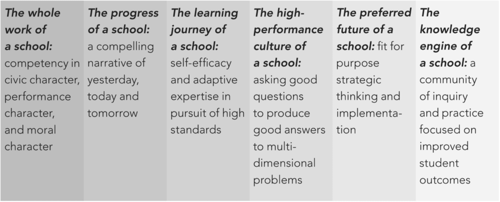 Six Corridors for an Excellent 21C Education
Six Corridors for an Excellent 21C Education
If these are the corridors from which emerge the graduate outcomes that define the essential nature of character and competency for our times, then how might we expect our teachers to work with them? All of the best research world-wide points to the learning relationships between teachers and students as the single most important variable in the control of our schools. In other words, if we want to influence the character and competency outcomes of our graduates, we must turn to their teachers and ask for their help: what do they believe about character and competency? How do they shape their practice according to these beliefs?
